Apr 24, 2025
Author:Jackson Watson
If you could combine canine loyalty with toddler energy and elder charm into one soft dog package would you want that bottle? Originally known to Icelandic people as the Íslenskur fjárhundur, the Icelandic Shepherd dog breed makes its home on the island of Iceland. The Icelandic Shepherd maintains preservation status as the sole indigenous canine of Iceland while it has maintained its heart-melting ways and shepherding work for more than 1000 years.
A purebred native of Iceland the Icelandic Shepherd dog possesses both historical significance and powerful personality traits that would satisfy any Viking fan.
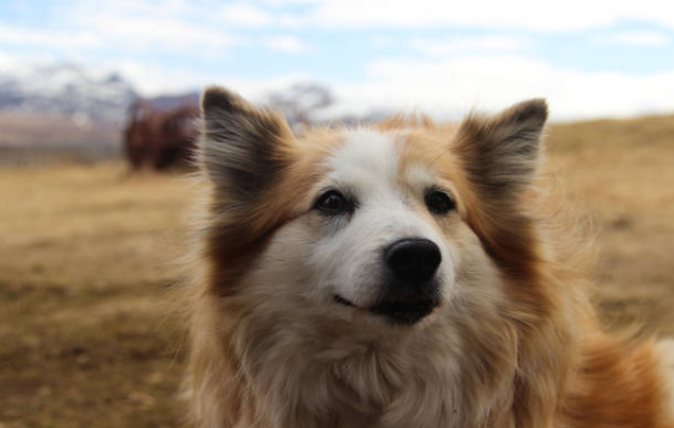
Before we dive into the details, here’s a quick overview:
● Breed Name: Icelandic Shepherd (Icelandic Sheepdog)
● Origin: Iceland
● Group: Herding
● Weight: 20–30 lbs
● Height: 16–18 inches
● Lifespan: 12–15 years
● Temperament: Cheerful, energetic, loyal
● Coat Type: Thick double coat, long or short
● Colors: Tan, black, chocolate, gray, cream, or gold (often with white markings)
● AKC Recognition: Herding Group (2010)
The Icelandic Shepherd dog carries much more than aesthetic appeal because it exists as an ancient breed descended from Viking times. The Icelandic Shepherd originates from spitz-type dogs which Vikings brought to Iceland more than one thousand years previous. These pups became the only native dog breed of Iceland and they adapted quickly to their tough and rough surroundings.
These dogs served as sheep herders on volcanic landscapes while performing watchdog functions before establishing loyalty to Icelandic rural dwellers throughout the centuries. With their loud barking the dogs guided shepherds to find their animals in thick fog while intimidating potential wolf predators such as arctic foxes from attacking.
After almost disappearing during the 19th century because of diseases and disasters the Icelandic bred has recovered because of its preservation by both Icelandic and British defenders and advocates.
The initial look of the Icelandic Shepherd creates an association between a dodgy fox and a fuzzy husky. The breed carries the essential spitz attributes with its standing ears, its curled tail and its deep almond eyes which display an adventure-ready sentiment.
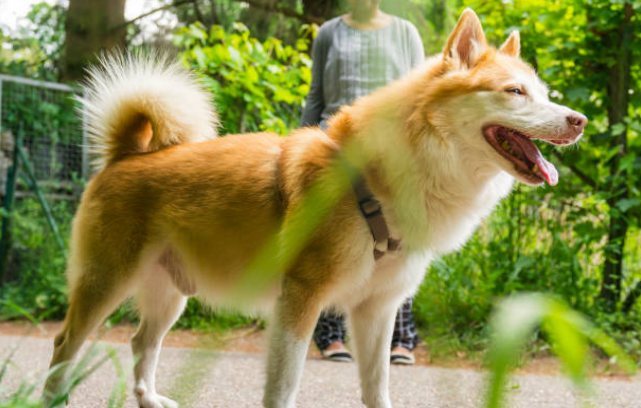
Physically the Icelandic Shepherd exists in two size variations which consist of long-haired and short-haired editions although both versions possess dense double coats that maintain their owners safe from Iceland's extreme temperatures. Their fur serves as water defense while also requiring seasonal shedding to which you will require multiple lint rollers.
Common colors include:
● Golden tan and white
● Black and tan
● Chocolate and white
● Cream or light fawn
White facial and chest and paw areas are common characteristics that distinguish most Icelandic Sheepdogs. Every Icie reflects its distinct nature because each one exists uniquely among all others.
This dog can be best described as the canine version of a cheerleader, if any existed. Some of the dogs referred to as Pitt Bulls are characterized as the following:
● Affectionate: They are very friendly with people and other animals and are comfortable being around children, newcomers, and other animals such as dogs.
● Note for potential buyers: They are excellent guard dogs in the sense that they would bark at strangers, but they are not dangerous.
● In love with family: This type of dog is very loyal, and once they are on the side of one family, they will do their best for the family.
● Playful: Always up for a game or a new experience.
● PLAYFUL: They require vigorous activity both physically and mentally on a daily basis.
Ideally, they do not have good adaptability when left alone for long hours. Any species is social and needs to engage and perform specific tasks in its environment. This is one of the least active dog breeds and is known to lie around and sleep for up to 8 hours straight when you are at work.
Icelandic Shepherds are highly intelligent and eager to please. For that reason, they really enjoy training. But do not think that the Top Gear host is completely submissive to the authorities of the country. They are smart individuals—features attributed to their lineage that has been rearing sheep in the countryside on their own.
Training tips:
● Patting and bribery: They only understand positive motivation in the form of treats, praise, and toys.
● Getting to the subject: There are no better ages to socialize the child and train him/her on how to go about matters that touch on the kind mentioned above than at a tender age.
● Avoid the boring: He or she will get bored with repetitive drills. Mix things up.
● Deal with barking: Since German Shepherds are vocal dogs, it becomes important to train them to bark when there is a cause for it or not to do so at all.
Virtually all types of dog activities such as obedience, agility, rally, as well as herding trials are useful in challenging them both mentally and physically.
Icelandic Shepherds are small dogs, but they require regular and sufficient amounts of physical activity throughout the day. The advice is to do at least sixty minutes per day, but it is better if it can be even more than this. Consider strolls, walks, jogs or runs, swims, fetch, or even trained sporting activities. These dogs were bred to cover territory across mountain terrains—your backyard is not going to suffice for this breed.
If they get bored or under-stimulated, they will be sure to make it known—by barking, digging, or just employing their imagination (meaning your slippers).
Icelandic dogs have a thick layer of undercoat and thus they are moderate to heavy shedders during the changing of seasons. Regular grooming is a must:
● Although it should be done at least twice a week, during the shedding season, ideally you should brush the coat daily.
● Bathing should be done every few months or when the situation deems possible to do so.
● Trim nails monthly
● Clean ears regularly
● Brush teeth weekly
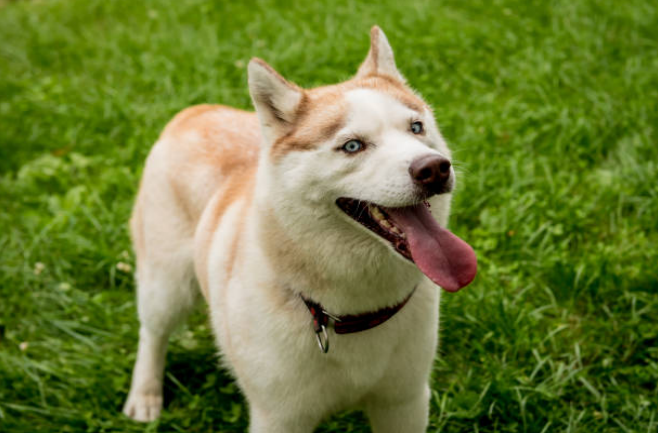
They have quite a dense coat, but if properly groomed, they are not very much of a hassle in as much as they are in almost every other breed of dog.
Icelandic Shepherds are relatively healthy dogs and they are resistant to new health problems. With appropriate care, most of them can live between 12 to 15 years. Still, it was only natural for purebred to have several hereditary disorders:
● Hip dysplasia
● Patellar luxation
● Eye conditions (like cataracts or distichiasis)
● Allergies or sensitive stomachs
Impartiality of these disorders is done by responsible breeders, therefore, it is advisable to select a breeder, whose owners submitted the health clearances of both parents.
There is a certain regimen that will need to be put in place to maintain your Icie in good health and these include; Vet checkups, proper feeding and exercise.
Although these are mostly adaptable dogs, it will be best to keep them in homesteads that have space for them to run and move around. But an apartment is also fine if you will be performing daily exercises and engaging your dog’s enrichment activities.
They’re great for:
● Active individuals or families
● Hikers or outdoor lovers
● Working people that choose to work from home or those who work during unconventional schedules
● Homes with other dogs or pets
They’re not ideal for:
● Busy professionals with long hours
● People who dislike barking
● Couch potatoes
● An ironic real-life example includes that Iceland used to prohibit the bringing of dogs into the country for the purpose of safeguarding the breed.
● The Icelandic Shepherd was on the verge of being eliminated from this world by the mid half of the twentieth century there were barely dozens of them.
● They also slant their mouth at a backward position and half close their eyes as if smiling. It's not just cute—it's contagious.
● One of the few breeds, nevertheless, they have the ability to climb steep hills due to their feet.
● They are acknowledged under the title strident and were approved by the American Kennel Club in the year 2010.
To bring an Ice home, consult with the best breeders or the organizations that focus on the breed. A good resource to seek Icelandic Sheepdogs and responsible breeders is the Icelandic Sheepdog Association of America (ISAA).
You can potentially have to wait a long time for the breed or get on a breeding list but it is so worth it to do so.
Despite some degrees of arrogance, quietness and coldness, the Icelandic Shepherd is exactly like your favorite noisy, active and friendly friend with whom you like to go along with. The Australian Cattle hardly irritate Families, other pets, or animals and are well suited for families with kids.
The Icelandic Shepherd is an intelligent and tremendous working breed that can be loyal and trainable if trained correctly. They are strongly driven and make a perfect connection with the owner and are loyal to that owner without limits.
Just make sure you’re ready to keep up with them—and have a lint roller nearby.
To keep up with an energetic and intelligent breed like the Icelandic Shepherd, smart feeding and care tools can make all the difference. WOpet offers innovative pet accessories, feeders, and smart technologies designed to support your dog’s health, activity, and happiness—making life easier for both of you.
Label:
Popular Post
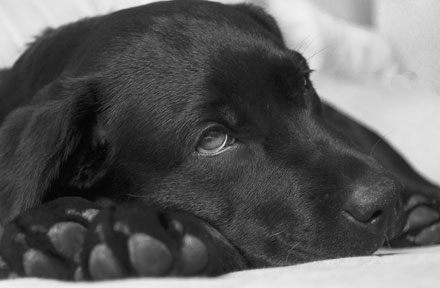
What to Feed a Sick Dog With No Appetite? [2025 Guide]
May 16, 2023
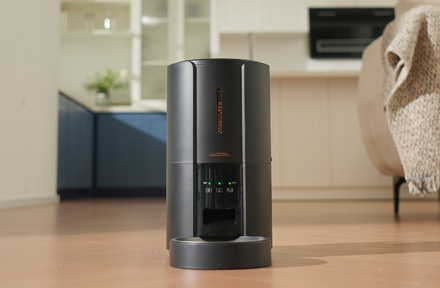
Troubleshooting Common Issues with Automatic Pet Feeders: Tips & Tricks for Pet Owners
Oct 26, 2023
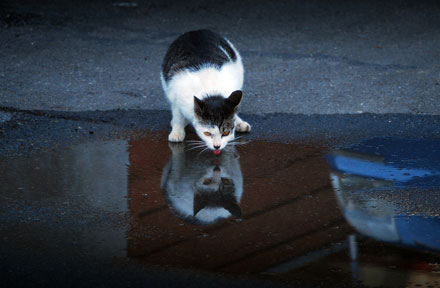
Why Does My Cat Cough After Drinking Water? 8 Potential Reasons
Mar 13, 2023
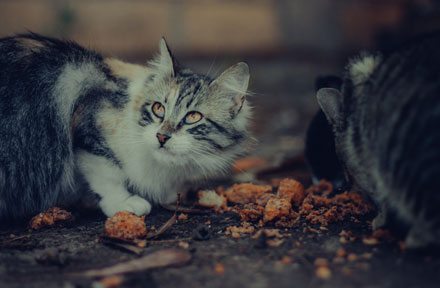
My Cat Only Eats A Little at A Time - What to Do?
Feb 27, 2023
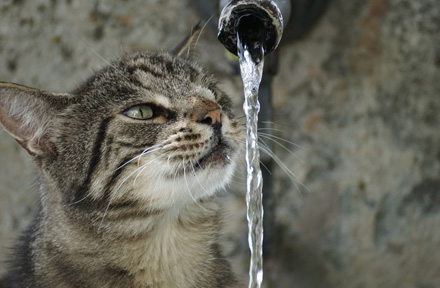
Why is My Cat Throwing up Water? Top 5 Causes Here
Feb 08, 2023
$99.99
$129.99
Copyright © 2025 WOPET. All Rights Reserved.